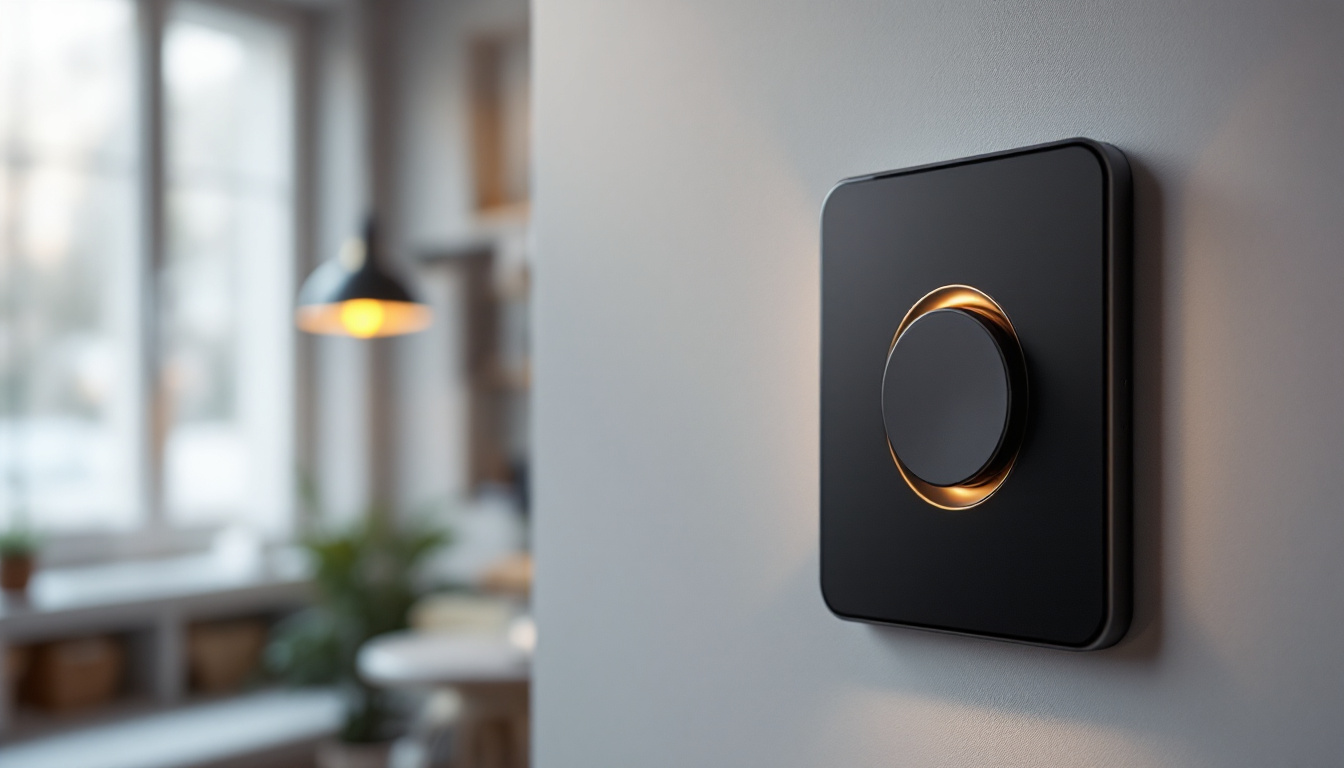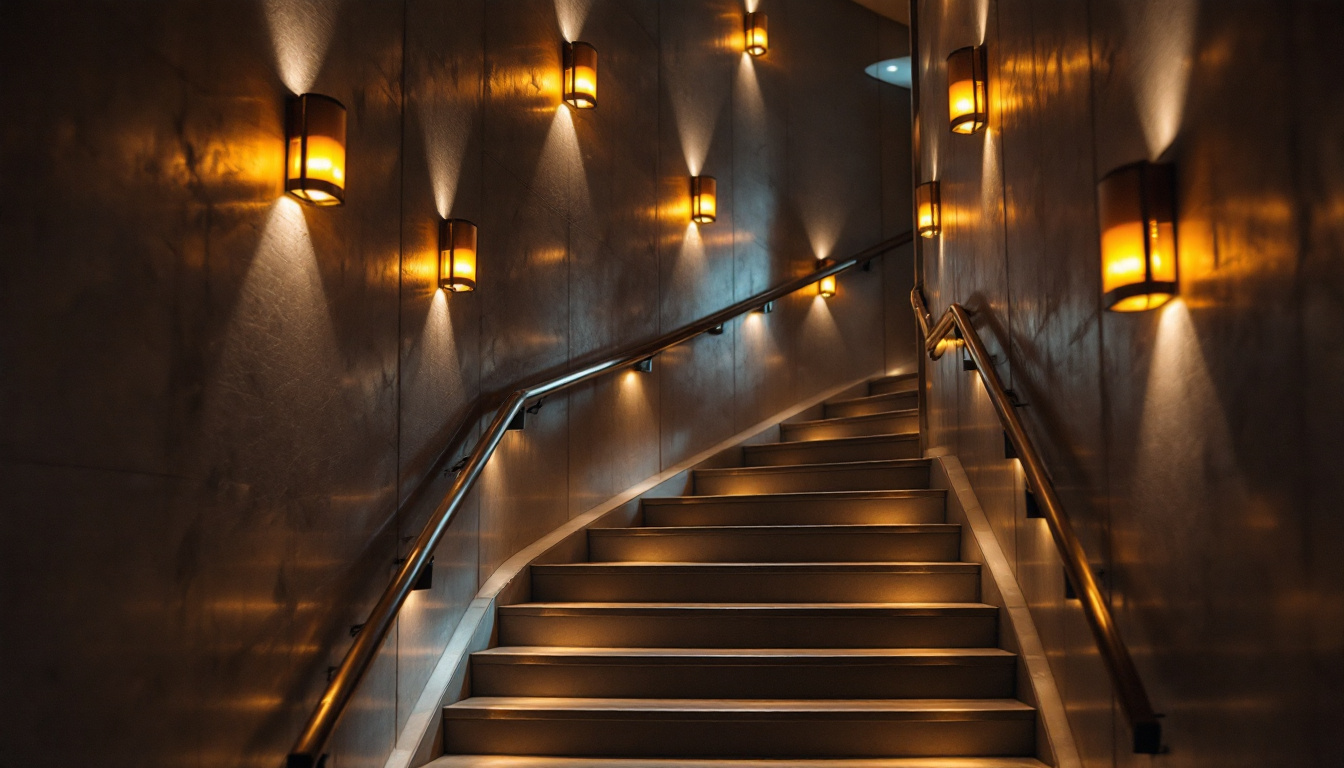
As the demand for energy-efficient lighting solutions continues to rise, LED lamp replacements have become increasingly popular among both residential and commercial clients. However, despite the advantages of LED technology, many lighting contractors encounter pitfalls during the replacement process. Understanding these common mistakes can help contractors enhance their service quality, improve client satisfaction, and ultimately drive business growth.
Before diving into the common mistakes, it is essential for lighting contractors to have a solid understanding of LED technology. LEDs, or Light Emitting Diodes, offer numerous benefits, including energy efficiency, longevity, and reduced heat output. However, the transition from traditional lighting to LED can be fraught with challenges if not approached correctly. With the rapid advancement in LED technology, it’s crucial for contractors to stay updated on the latest innovations and best practices to ensure optimal performance and client satisfaction.
Moreover, the versatility of LEDs allows them to be used in a variety of applications, from residential to commercial and even industrial settings. This adaptability means that contractors can design lighting solutions that not only meet functional needs but also enhance the aesthetic appeal of a space. Understanding the nuances of LED technology can empower contractors to create tailored solutions that resonate with clients’ visions.
One of the most frequent errors made by contractors involves the misunderstanding of color temperature. Color temperature, measured in Kelvin (K), plays a crucial role in how light is perceived in a space. Many contractors assume that a higher Kelvin rating equates to a brighter light, but this is not always the case. For example, a 3000K light provides a warm, inviting ambiance, while a 5000K light mimics daylight. This misconception can lead to inappropriate lighting choices that fail to meet the specific needs of the environment.
Contractors should ensure they understand their clients’ preferences and the intended use of the space. A well-lit office may benefit from cooler temperatures, whereas a residential setting may require warmer tones. Failing to consider these factors can lead to dissatisfaction and the need for costly rework. Additionally, educating clients about the effects of different color temperatures can facilitate informed decision-making, ultimately leading to a more satisfactory outcome. For instance, using cooler light in a workspace can enhance focus and productivity, while warmer light in a home can create a cozy atmosphere conducive to relaxation.
Another common mistake is neglecting to check the compatibility of LED lamps with existing dimming systems. Not all LED lamps are designed to work with traditional dimmers, which can lead to flickering, buzzing, or complete failure of the lighting system. Contractors should always verify whether the LED products being installed are compatible with the existing dimming technology. This oversight can not only frustrate clients but can also tarnish the contractor’s reputation if issues arise post-installation.
In some cases, upgrading to a compatible dimmer may be necessary, but this should be communicated clearly to the client. Providing clients with options and clear explanations can enhance their experience and build trust in the contractor’s expertise. Furthermore, understanding the various types of dimming technologies available, such as trailing edge, leading edge, or smart dimmers, can empower contractors to recommend the most suitable solutions for their clients’ needs. By doing so, contractors can ensure a seamless integration of LED lighting that not only meets functional requirements but also enhances the overall ambiance of the space.
Proper installation is critical to the performance and longevity of LED lamps. Mistakes made during the installation process can lead to premature failure of the lighting system, resulting in costly repairs and dissatisfied clients.
Choosing the wrong fixture for an LED lamp is a common oversight that can affect both performance and aesthetics. Not all fixtures are designed to accommodate LED technology, and using an incompatible fixture can lead to overheating or inadequate light distribution. Contractors should always verify that the selected fixtures are suitable for LED lamps.
Additionally, the physical dimensions of the LED lamp should match the fixture. Some LED bulbs are larger than their incandescent counterparts, which can cause fitting issues. Ensuring that the right fixture is selected not only enhances performance but also contributes to the overall design of the space. Moreover, the color temperature of the LED lamp should be in harmony with the fixture to achieve the desired ambiance. For instance, a warm white LED may be more suitable for residential settings, while cooler temperatures are often preferred in commercial spaces to enhance focus and productivity.
LEDs generate heat, and managing that heat is vital for their performance and lifespan. A common mistake is neglecting thermal management, which can lead to overheating and reduced efficiency. Contractors should ensure that fixtures have adequate ventilation and that the LEDs are not enclosed in spaces that trap heat.
In some cases, using heat sinks or selecting fixtures with built-in thermal management features can help mitigate this issue. Educating clients about the importance of thermal management can also enhance their understanding and appreciation of the installation process. Furthermore, it’s essential to consider the ambient temperature of the installation environment; areas with high heat exposure, such as kitchens or outdoor settings, may require additional cooling solutions. By addressing these thermal considerations, contractors can significantly extend the lifespan of LED installations and improve overall user satisfaction.
Electrical considerations are paramount when replacing traditional lamps with LEDs. Many contractors overlook essential electrical factors, which can lead to safety hazards and system failures.
One of the most critical mistakes is overloading circuits. LED lamps consume significantly less power than incandescent or halogen bulbs, but when replacing multiple fixtures, contractors must ensure that the total load does not exceed the circuit’s capacity. Failing to account for this can lead to tripped breakers or even electrical fires.
Contractors should conduct a thorough assessment of the existing electrical system before proceeding with the installation. This includes checking the amperage rating of circuits and ensuring that the total load remains within safe limits. Proper calculations and assessments will help avoid potential hazards and ensure a safe installation.
Another common oversight is neglecting to update wiring when necessary. Older wiring may not be suitable for modern LED technology, leading to inefficiencies or safety risks. Contractors should evaluate the condition of existing wiring and replace or upgrade it as needed.
In some instances, using a higher gauge wire may be necessary to accommodate the new lighting system. This proactive approach not only ensures safety but also enhances the overall performance of the lighting installation.
Effective communication with clients is essential throughout the LED lamp replacement process. Many contractors fail to provide adequate information, leading to misunderstandings and dissatisfaction.
One of the most significant mistakes is failing to set realistic expectations regarding the performance and appearance of LED lamps. Clients may have preconceived notions about LED lighting based on their experiences with traditional bulbs. Contractors should take the time to explain the differences in light quality, color rendering, and energy efficiency.
Providing clients with samples or demonstrations can help them visualize the final result. This not only sets realistic expectations but also fosters a sense of collaboration between the contractor and the client.
Another critical aspect of client communication is educating them about the maintenance of LED lighting systems. Many clients are unaware that LED lamps, while long-lasting, may still require occasional cleaning and inspection to maintain optimal performance.
Contractors should provide clients with clear maintenance guidelines and recommendations. This can include information on how to clean fixtures, check for loose connections, and recognize signs of potential issues. By empowering clients with knowledge, contractors can enhance the longevity of their installations and improve overall satisfaction.
Even after the installation is complete, there are still potential pitfalls that contractors should be aware of. Addressing these issues promptly can help maintain a positive relationship with clients and uphold the contractor’s reputation.
One common mistake is failing to conduct follow-up inspections after the installation. It is essential to ensure that the lighting system is functioning as intended and that clients are satisfied with the results. Regular follow-ups can help identify any potential issues early on, allowing for timely resolutions.
Additionally, follow-up inspections provide an opportunity for contractors to gather feedback from clients. This feedback can be invaluable for improving services and addressing any concerns that may arise.
Many contractors overlook the importance of discussing warranty and support options with clients. LED lamps typically come with warranties, and understanding these terms is crucial for both the contractor and the client. Failing to communicate warranty details can lead to confusion and dissatisfaction if issues arise.
Contractors should take the time to explain warranty coverage and what clients should do in case of a malfunction. Providing information about support options can also enhance the client’s experience and demonstrate the contractor’s commitment to quality service.
Replacing traditional lamps with LED technology presents a wealth of opportunities for lighting contractors. However, avoiding common mistakes is crucial for ensuring successful installations and satisfied clients. By understanding LED technology, paying attention to installation details, addressing electrical considerations, maintaining effective communication, and conducting post-installation follow-ups, contractors can elevate their services and build lasting relationships with clients.
Ultimately, the goal is to provide clients with a lighting solution that meets their needs while maximizing the benefits of LED technology. By learning from common pitfalls and striving for excellence, lighting contractors can position themselves as trusted experts in the industry, paving the way for future success.
Don’t let common LED replacement mistakes hinder your project’s success. At LumenWholesale, we provide lighting contractors with the high-quality, spec-grade lighting products you need to avoid these pitfalls. With our competitive wholesale pricing and commitment to cutting out the middleman, you can trust that you’re getting the best value for your investment. Our extensive selection is designed to meet the highest industry standards, ensuring reliability and performance for every installation. Plus, with the convenience of free shipping on bulk orders, you can stock up on premium lighting solutions without worrying about hidden fees. Elevate your lighting projects and experience the ideal combination of quality, affordability, and convenience at LumenWholesale — your partner in achieving lighting excellence.

Discover how smart dimmer switches revolutionize energy efficiency in homes by reducing electricity consumption and enhancing lighting control.

Discover the often-overlooked aspects of lighting metal in the world of lighting contracting.

Explore the top challenges lighting contractors face when installing waterproof outdoor ceiling lights.

Discover the key insights lighting contractors need to meet client expectations for stairway illumination.